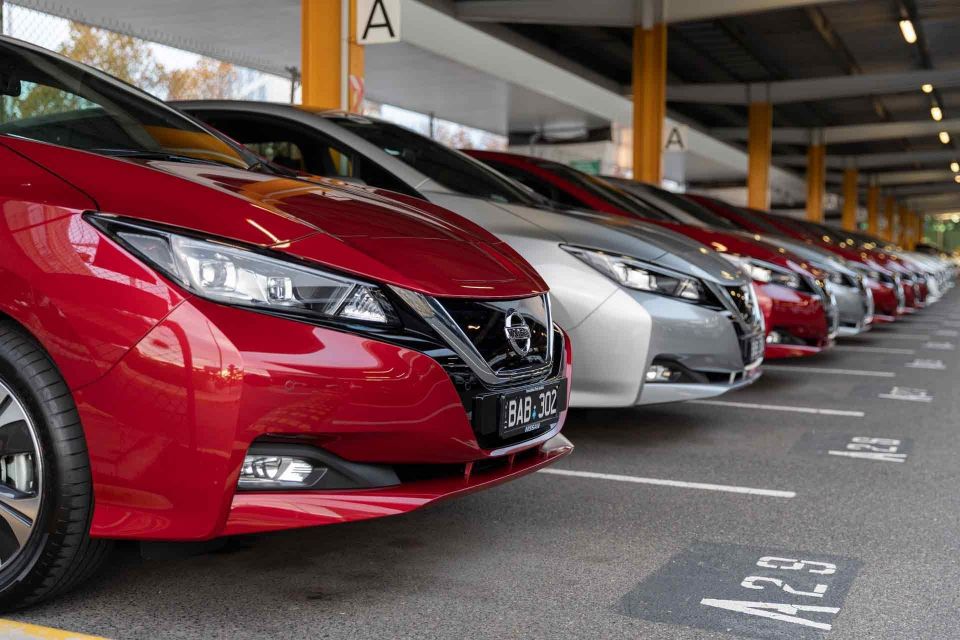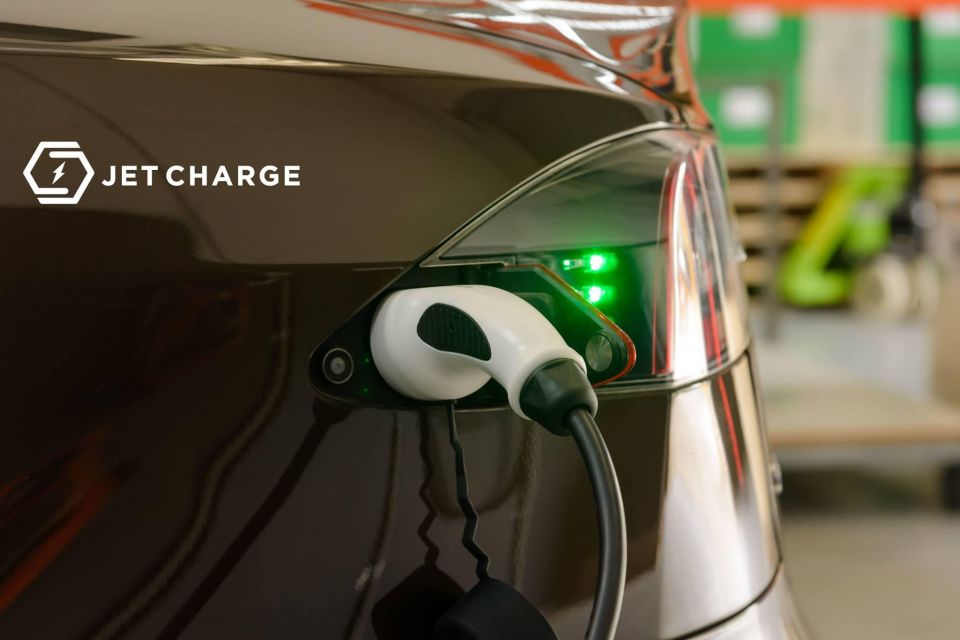

Shane O'Donoghue
2025 Nissan Ariya Nismo review: Quick drive
6 Days Ago
A fleet of Nissan Leaf hatchbacks will be used to trial vehicle-to-grid charging in Canberra, in search of information about how bi-directional charging can be used to support the energy grid.

Contributor


Contributor
Canberra will house a $2.4 million trial of vehicle-to-grid charging systems, described as one of the largest in the world.
Funded by the Australian Renewable Energy Agency (ARENA), the trial aims to find out how two-way charging with electric vehicles can be used to stabilise the energy grid.
The EV fleet will be paid to provide energy services for the first time, as researchers test “new revenue streams that could improve the total cost of ownership of EVs”.
Although they draw energy from the grid while charging, some electric vehicles can also feed charge from their batteries back when plugged into a capable wall box, helping to stabilise the power grid during periods of heavy load.
They can also be used as generators to power a home or business during outages in some cases.
JET Charge will later this year offer its first bi-directional wall box charger, known as the Quasar, to Australian electric vehicle owners.

The Canberra trial will see 51 Nissan Leaf hatchbacks replace the ACT Government’s fleet of internal-combustion vehicles. They’ll be driven normally during business hours, and plugged into bi-directional chargers overnight to study how they interact with the National Energy Market.
Tim Washington, JET Charge co-founder and CEO, has previously said bi-directional charging is one of the key cogs in encouraging electric vehicle uptake in Australia.
“We believe that through a combination of smart charging, demand response, ancillary grid services and vehicle to grid technology, we can make EV charging effectively free for Australian EV drivers within five years. That is our goal,” Mr Washington said.
“We think that if we can make charging free, then the path to 100 per cent lower emissions transport will be shorter.”
Where expert car reviews meet expert car buying – CarExpert gives you trusted advice, personalised service and real savings on your next new car.
Scott Collie is an automotive journalist based in Melbourne, Australia. Scott studied journalism at RMIT University and, after a lifelong obsession with everything automotive, started covering the car industry shortly afterwards. He has a passion for travel, and is an avid Melbourne Demons supporter.


Shane O'Donoghue
6 Days Ago


Anthony Crawford
5 Days Ago


Matt Campbell
4 Days Ago


James Wong
3 Days Ago


Max Davies
1 Day Ago


Josh Nevett
13 Hours Ago